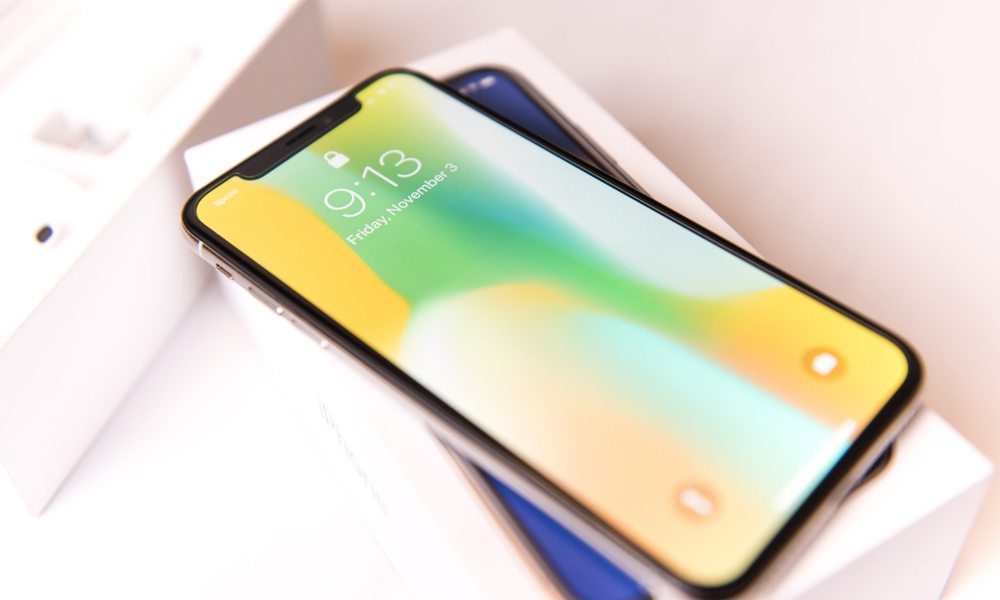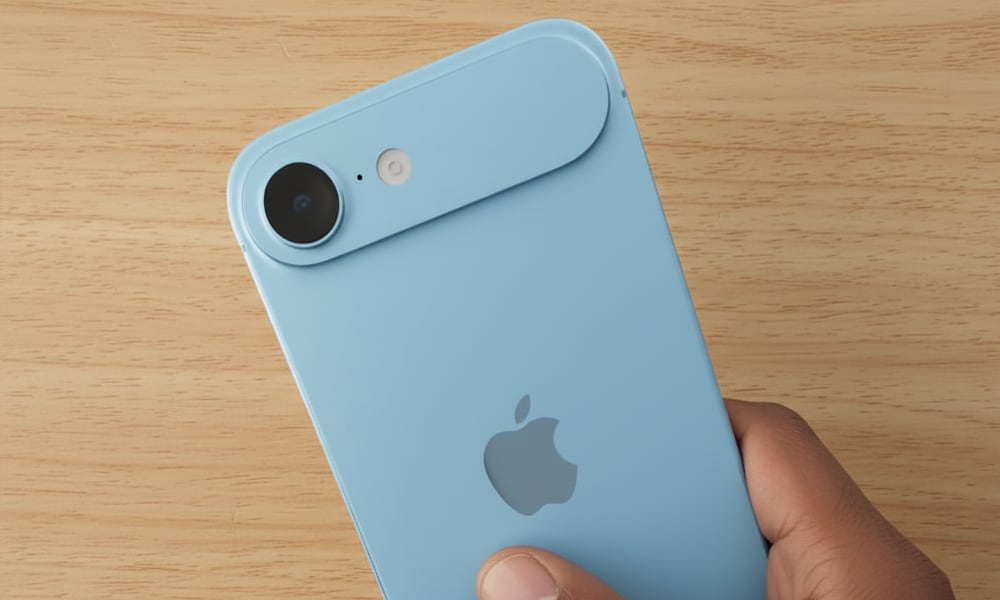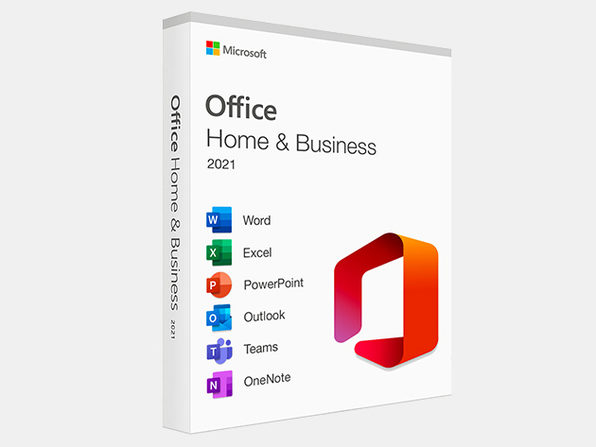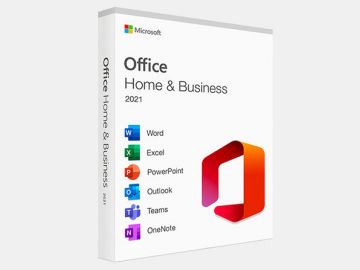The iPhone 17 Lineup Might Not Break the Bank After All

Toggle Dark Mode
Although we hear analysts predict potential iPhone price hikes almost every year, many of the reports this time around seemed more plausible. With the current economic landscape marked by inflation and tariffs, it seems that Apple will have its work cut out for it to sell this year’s crop of iPhone models at the same price points as last year’s.
That feels even more likely when you consider that Apple hasn’t technically raised the price of any of its iPhone models since 2020, when the iPhone 12 mini took the $699 spot previously occupied by the iPhone 11, bumping the standard 6.1-inch iPhone 12 up into a new $799 tier.
While the iPhone 15 Pro Max raised the cost of entry by $100 two years ago, that’s because Apple dropped the lower-capacity 128 GB model from the lineup; the 256 GB iPhone 15 Pro Max sold for the same $1,199 price as all 256 GB Max models before that, going back to the iPhone XS Max that kicked off the larger-sized premium flagship.
Apple’s iPhone pricing has remained remarkably consistent over the past decade and a half, even as new features are introduced and storage capacities increase. From the iPhone 4S in 2011 to the iPhone 7 in 2016, the starting price for an iPhone was $649, rising to $699 with the iPhone 8 and then $749 with the iPhone XR before dropping back to $699 for the iPhone 11. When the 2017 iPhone X kicked off what we know today as the “Pro” models, it started at $999 for the 64 GB version — the same price that a 128 GB iPhone 16 Pro sells for today.

Many analysts have wondered how Apple manages to hold to these price points. Still, it’s not surprising that some think this will be the year that economic pressure necessitates a price increase (or perhaps just gives Apple a convenient excuse for one).
Still, despite indications that Apple has been mulling price increases for the iPhone 17 lineup, it appears that any price increases will be lower than our worst fears. However, it’s also possible we may not see any hikes at all.
That’s the word from JP Morgan, which recently shared a note with investors where its analysts believe that the iPhone 17 lineup may see few, if any, price hikes. While analysts were concerned in early August that tariffs could push up pricing for the iPhone globally, to let Apple distribute the load of US levies across the entire market, JP Morgan now believes that tariffs won’t have any meaningful effect on Apple’s iPhone pricing.
This is likely due to Apple’s careful balancing of manufacturing and distribution. Tariffs are only an issue in the US, and Apple has been shifting production of US-bound iPhone models to India, where tariffs are considerably less of a threat. It’s also dodged the latest round of Trump tariffs thanks to some well-timed announcements of US investments.
Several analysts had previously predicted a 5 percent increase in iPhone prices across nearly the entire lineup, with the possible exception of the standard iPhone 17. Now, JP Morgan says that it’s likely the iPhone 17 Pro Max and “iPhone 17 Air” will also avoid any price hikes.

Of course, the “iPhone 17 Air” is an entirely new model, so it’s hard to declare any selling price on that as an “increase.” Many believe it will be slotted into the $899 price point filled by the iPhone 16 Plus. That makes sense, as it puts it right in the middle of the standard 6.1-inch iPhone and iPhone Pro models; however, Apple is certainly under no traditional obligation to do that. Consider that at one point, many analysts believed this would be a “luxury” model, priced above the iPhone 17 Pro Max. We’ve long since learned that’s not the plan, but nobody would be too surprised if Apple still charges a premium for the new hotness.
The iPhone 17 Pro remains the wildcard here, and JP Morgan acknowledges that Apple might increase the price there. However, if Apple does so, it’s likely to follow the same playbook as the iPhone 15 Pro Max, with the 128 GB storage tier quietly going away. This would put the base storage at 256 GB, with a $1,099 entry-level price that would be equivalent to the current 256 GB iPhone 16 Pro.
Still, Apple also has a particular attachment to the $999 price point for the iPhone Pro. It’s a nice sweet spot, and it’s likely unwilling to give it up without a fight.
Some reports have also suggested that Apple might split the difference, dropping the 128 GB model while selling the 256 GB iPhone 17 Pro for $50 less at $1,049.
Either way, if these new reports are correct, this year’s iPhone 17 pricing will effectively remain the same as that of the iPhone 16 lineup. The iPhone 17 Pro will have a higher starting price, but that won’t technically be a price increase, as you’re still getting the same amount of storage for the same price, plus all the benefits that will come with the newer model.
[The information provided in this article has NOT been confirmed by Apple and may be speculation. Provided details may not be factual. Take all rumors, tech or otherwise, with a grain of salt.]







